A Comprehensive Guide to EV Charging Management Software Solution
Driivz
APRIL 3, 2024
Tools for Fleets and Commercial/Industrial Buildings – vertical-specific tools to manage and optimize EV charging for fleets and in commercial/industrial buildings. Understanding EV Charging Stations Charging stations vary by connector type, use cases and locale, their power rating, and whether they are AC or DC.

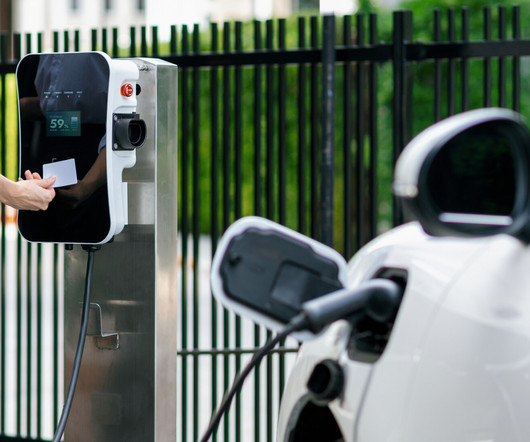
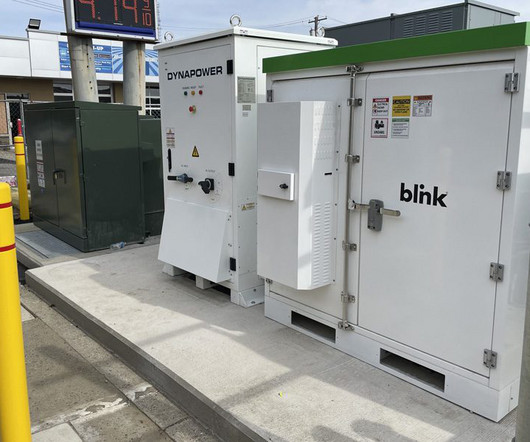
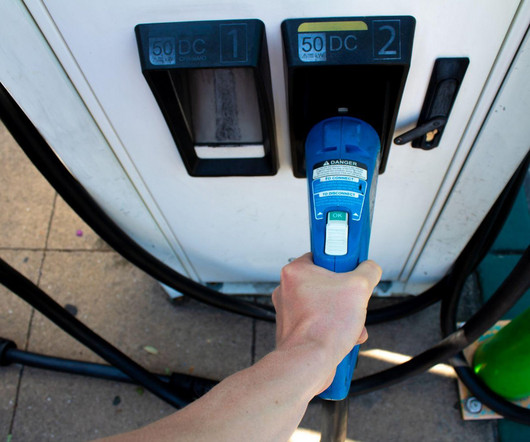

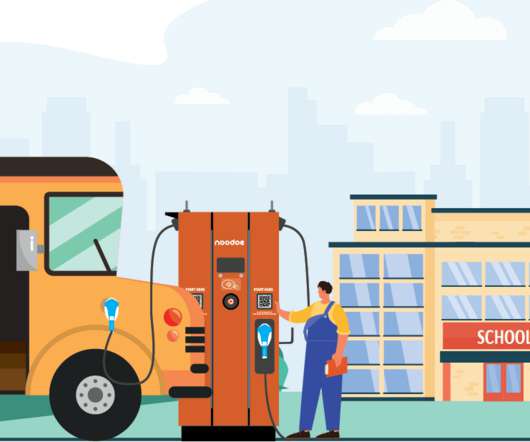
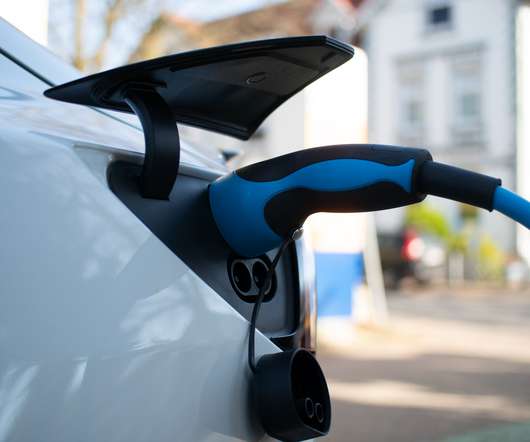






Let's personalize your content